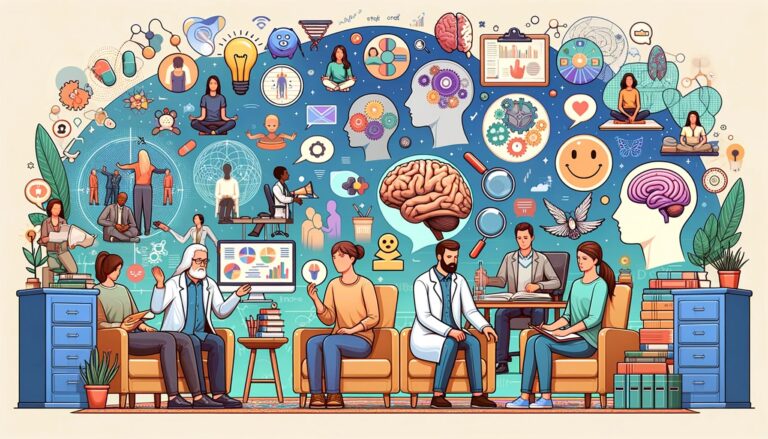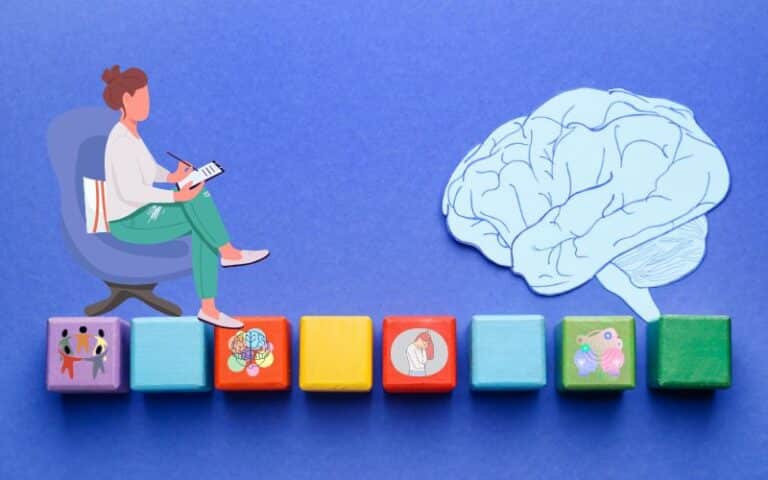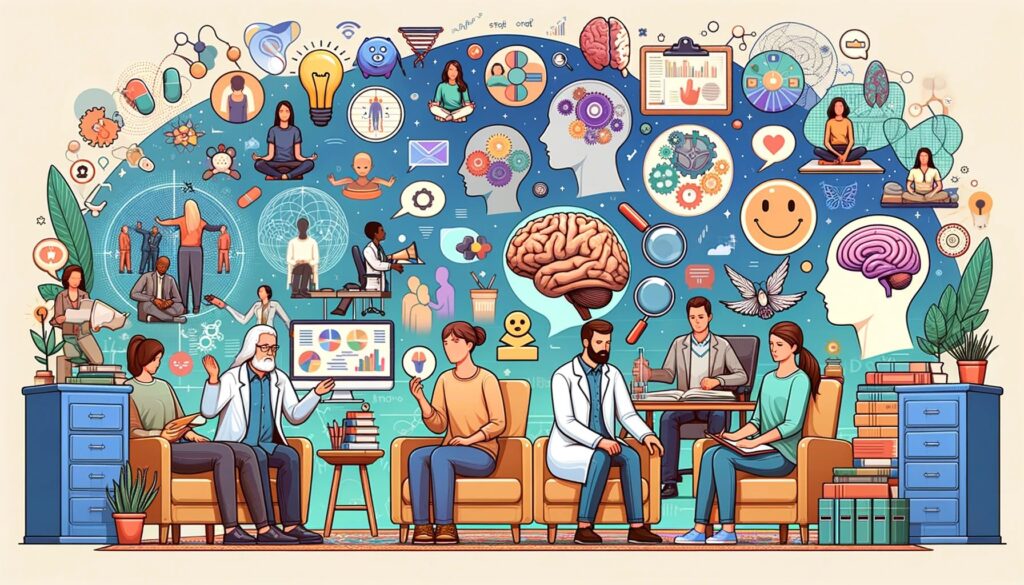We’ve all been there: you promise yourself you’ll stop scrolling TikTok at night, only to catch the sunrise after another “just one more video” spiral. Change is hard—not because we’re lazy or undisciplined, but because behavior is stubborn, shaped by invisible forces we rarely stop to question.
So how do people actually change? The answer lies in digging beneath motivation or willpower and exploring the science of behavior itself. That’s where ABA and psychology come in—not as trendy buzzwords, but as time-tested, data-driven methods that challenge what we think we know about human behavior. If you’ve ever wondered why bad habits cling or why good intentions fall flat, it’s time to take a closer look at the real engine of change.
The Trap We Keep Falling Into
Here’s a popular idea: “You just have to try harder.” It’s an appealing mantra—simple, empowering, and completely misleading. The problem isn’t always a lack of effort; it’s that effort alone doesn’t account for the powerful feedback loops in our environment. You don’t bite your nails because you love the taste. You do it because it relieves a fleeting discomfort—stress, boredom, or anxiety—and your brain rewards that relief.
Behavior doesn’t exist in a vacuum. It’s shaped and reinforced by what surrounds us: the people, the routines, the triggers, the consequences. This is one of the major principles behind Applied Behavior Analysis (ABA), which has long been used to help children with autism develop communication, social, and life skills. It doesn’t just work in therapy rooms—it works in classrooms, workplaces, and at home, anywhere habits live and grow.
Let’s say a child throws a tantrum whenever asked to put away toys. If the adult backs off to avoid the meltdown, the tantrum is reinforced—it worked. ABA practitioners spot these patterns and design changes to break the cycle. That same lens can be applied to adult behaviors too, from anxiety-fueled procrastination to unhealthy relationship patterns.
For professionals looking to understand and use these behavioral insights more effectively, an ABA master’s degree provides the academic and hands-on training needed to design these kinds of interventions. It’s not just about managing symptoms—it’s about decoding the “why” behind behaviors and making meaningful, measurable change possible.
A Different Way of Seeing Behavior
When most people think of psychology, they think introspection: feelings, thoughts, maybe even dreams. ABA takes a more grounded, observable route. Rather than ask “how do you feel about this behavior?” it asks, “what triggers it, and what happens afterward?”
That shift—focusing on actions, not just intentions—is deceptively powerful. It allows practitioners to trace behavior like detectives, mapping out patterns that others might miss. For example, if someone constantly checks their phone during meetings, we might label them “disengaged.” But a behavioral lens would look deeper: is there anxiety about missing important emails? Does checking lead to praise for responsiveness? Are meetings poorly structured?
These are questions ABA asks. And with enough observation and the right adjustments, even small changes in routine or environment can lead to large shifts in behavior. This is how behavior change sticks—not by forcing ourselves into compliance, but by reshaping the conditions that drive our choices in the first place.
What stands out in both ABA and psychology is their demand for data and accountability. This isn’t guesswork or advice pulled from a self-help book. It’s structured analysis: collect data, test hypotheses, evaluate results. It’s scientific, yes—but also incredibly human.
Behavior at the Crossroads of Family and Business
Nowhere is behavior more tangled than in families—especially family businesses, where love, legacy, and leadership all blur together. While most people turn to consultants for financial strategies, very few explore the behavioral dynamics underneath it all.
But those dynamics matter. Decision-making patterns, unspoken rules, avoidance of conflict—they all shape a business as much as revenue streams. This is why the integration of ABA and psychology into family enterprise strategy is gaining traction. Recognizing behavioral patterns and triggers can help avoid emotional bottlenecks and lead to better governance.
The Future Family Enterprise program explores this head-on, helping families navigate generational shifts, leadership succession, and interpersonal conflicts using insights rooted in behavioral science. After all, a family’s future doesn’t just depend on who’s in charge—it depends on how they behave together.
The Takeaway: Behavior Follows Structure, Not Just Intention
It’s easy to assume we’ll change once we’re “ready”—once we’re motivated enough, or have hit rock bottom. But what the research shows is that readiness doesn’t drive change—structure does.
That’s the core lesson of ABA and psychology: if you want new outcomes, you need new systems. Whether you’re trying to support a child with ASD, build better habits at work, or improve your family’s business legacy, the same truth applies. Stop waiting for change to feel natural. Build the conditions that make it inevitable.
So here’s the challenge: pick one behavior you want to change. Then forget motivation for a moment. Ask yourself: What triggers it? What reinforces it? What can I shift—just slightly—that would make a new pattern easier to follow?
That’s not just self-improvement. That’s behavioral science in action.
















